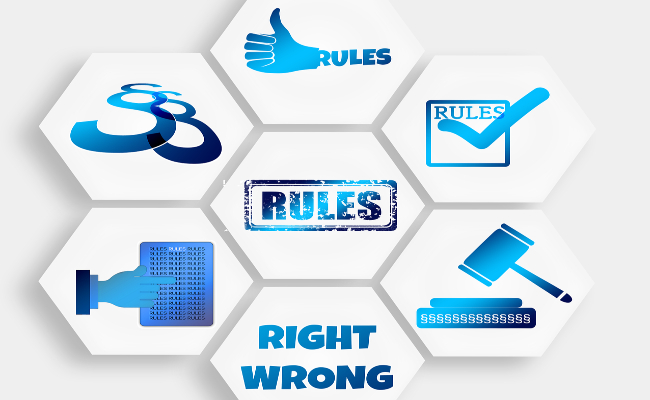FDA Regulations for Food Contact Materials - How and what to keep in mind?
The US FDA regulations for food contact are underpinned by three processes for adding new substances to the “positive list”. Of these the newest, the Food Contact Notification (FCN) system, is perhaps the most efficient process for making such additions anywhere in the world. It also results in a propriety notification which can only be used by the notifying company and its customers and is quick, only taking 120 days from when the FDA receives the FCN. As such it is by far the most heavily used of the three systems, with approximately 80 to 90 new substances approved each year from approximately 100 notifications, the difference being notification that are in some way deficient.
It evolved from the other two systems, Threshold of Regulation notifications and Food Addition Petitions, the latter of which were notorious for taking years for a substance to be cleared so were, ironically, perhaps the least efficient process anywhere in the world. The online training seminar will talk about each of these notification processes and gain an understanding of the data requirements, particularly important for FCNs where the submission to the FDA must be almost perfect to be accepted.
The actual regulations are perhaps the most comprehensive available globally for food contact substances in all their applications. They are to be found in the code of Federal Regulations (CFR) Chapter 21 Parts 170 to 199. These regulations are essentially a compendium of the clearances granted by the FDA from Food Additive Petitions over a 41- year period from 1958 to 1999. As this was a long span of time the various regulations differ significantly in style and content which creates a degree of complexity, increased by the actual legal language used (essentially many different US government lawyers were involved in writing them). This complexity is then significantly further increased by the things that are not explicitly stated, the exemptions that exist and how to make use of these to ensure that food contact materials are sold legally with minimal regulatory effort.
One of the main confusions that exists regards the use of migration testing. The USA regulates food contact safety by controlling what is put into food contact materials rather than by what migrates out. As such migration testing is only required for the notification of new substances, and sometimes for use of an exemption to the need for notifying the FDA at all, not by any of the regulations themselves. Instead, testing to show compliance with the regulations generally involves relatively quick extraction tests (known as end tests) with simple solvents followed by evaporation to a constant weight of residual. This weight, expressed as a percentage of the starting food contact material, is the result of the test and compared to the maximum allowed by each regulation where end testing is required.
Some regulations require end testing to be done by the company that finally places food contact articles on the market, whilst others only require testing of food contact materials by the original manufacturer. In all cases careful reading of the regulations is required and often several repeat readings will be needed to ensure full understanding. Anyone involved in the supply of food contact materials and substances in the USA who does not feel fully informed on how to show compliance for all the chemicals used, would definitely benefit from this expert recommended online training to enhance expertise powered by OnlyTRAININGS: Simplifying US FDA Regulations And Compliances Required For The Food Contact Materials

